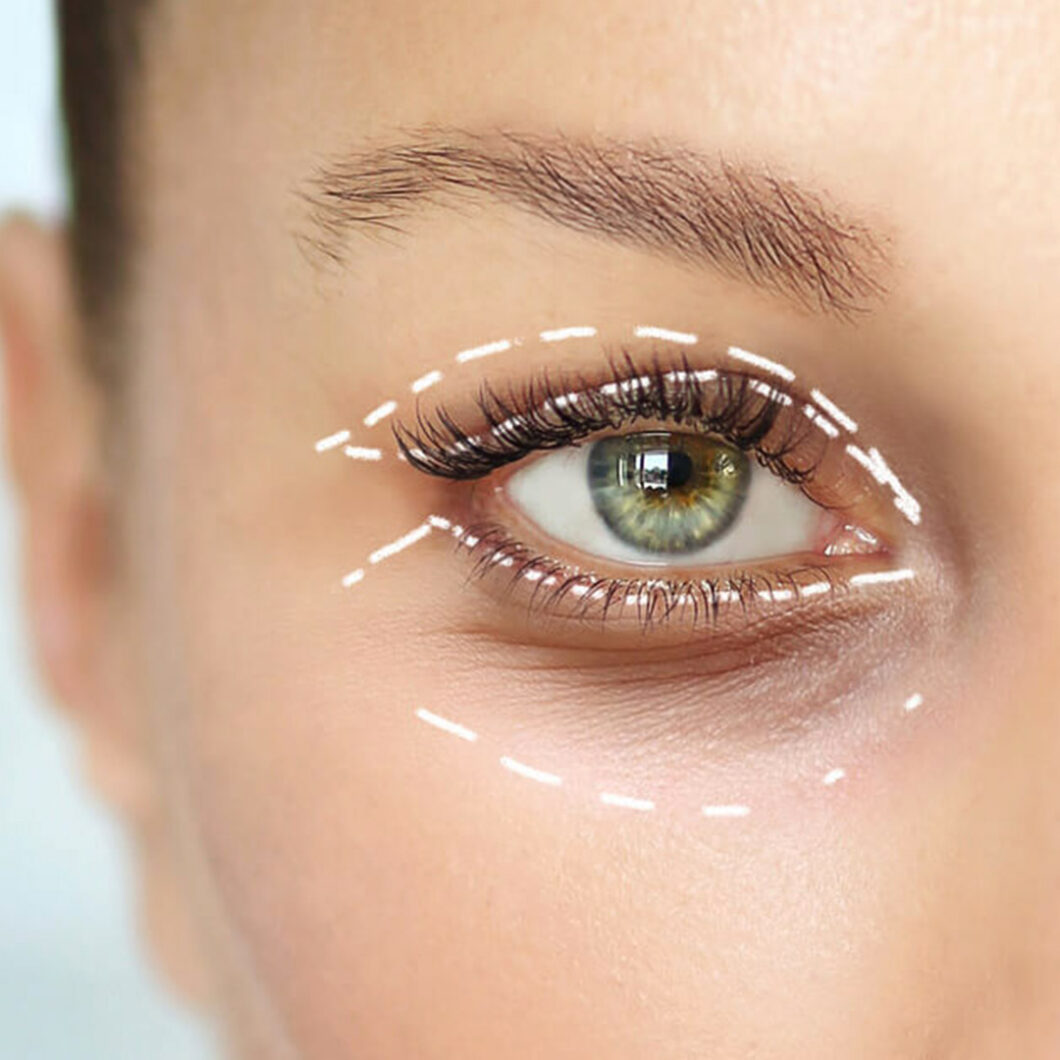Understanding Blepharoplasty
Blepharoplasty, commonly known as eyelid surgery, is a surgical procedure designed to improve the appearance of the eyelids. This cosmetic technique can be performed on the upper eyelids, lower eyelids, or both, depending on the specific needs of the patient. The primary purpose of blepharoplasty is to remove excess skin, fat, and muscle deposits that can accumulate as a result of aging or other factors, leading to a tired or aged appearance. Furthermore, this procedure can enhance both aesthetic appeal and functional vision by alleviating obstruction caused by sagging eyelids.
There are different types of blepharoplasty procedures that cater to distinct patient needs. An upper eyelid surgery typically focuses on reducing the excess skin that can obscure the eyes, while lower eyelid surgery aims at eliminating bags or puffiness beneath the eyes. In some cases, patients may choose to undertake both procedures concurrently for a more comprehensive rejuvenation of the eye area. The underlying anatomy of the eyelid consists of skin, muscle, and fat tissues, all of which can be targeted during surgery to yield a more youthful look.
Changes in the eyelids can occur due to various factors, including aging, genetics, and environmental influences. These factors often contribute to sagging skin, puffiness, and the formation of wrinkles around the eyes. Patients typically seek blepharoplasty for a variety of reasons, including cosmetic enhancement, improved self-confidence, or functional improvement in vision. The results of the surgery can be remarkably gratifying, providing a refreshed appearance and reducing signs of fatigue.
It is crucial for individuals considering blepharoplasty to consult a qualified surgeon who specializes in this procedure. An experienced professional can provide personalized advice, evaluate the specific needs and concerns of the patient, and discuss the potential outcomes and risks associated with the surgery.
The Procedure: What to Expect
Eyelid surgery, or blepharoplasty, is a procedure designed to enhance the appearance of the eyelids by removing excess skin, fat, and muscle. Preparing for this surgery involves several important steps. Prior to the procedure, patients typically undergo a thorough consultation with their surgeon. This appointment allows for a comprehensive evaluation of the patient’s medical history, as well as the discussion of expected outcomes and potential risks. It is advisable to disclose any medications, vitamins, and herbal supplements being taken, as some may interfere with the surgery or healing process.
On the day of the surgery, patients will usually receive local anesthesia, sedation, or general anesthesia depending on the complexity of the procedure and the preferences of both the patient and the surgeon. The choice of anesthesia is crucial and will be thoroughly discussed during the pre-operative consultation. The surgical procedure itself may vary—not only does it depend on whether the surgery is performed on the upper or lower eyelids, but also on the specifics of the patient’s anatomy.
Following the procedure, patients can expect a recovery period that typically lasts from one to two weeks. Post-operative care is vital to achieving optimal results. Ice packs may be recommended to minimize swelling and soothe discomfort. Patients will be advised to keep their heads elevated and to avoid strenuous activities for a specified duration. Adhering to the surgeon’s post-operative instructions is essential for a smooth recovery and to minimize the risk of complications such as infection, scarring, or vision changes. Regular follow-up appointments will ensure that the healing process is on track and that any unusual symptoms are addressed promptly.
Potential Benefits of Eyelid Surgery
Eyelid surgery, also known as blepharoplasty, offers numerous benefits that cater not only to aesthetic needs but also to functional improvements. One of the primary advantages is the enhancement of one’s physical appearance. Many individuals who undergo this surgical procedure report a more youthful and rested look, as excess skin, puffiness, or droopiness around the eyes is effectively removed. This rejuvenation can significantly counteract the visible signs of aging, which often manifest in the delicate area surrounding the eyes. The result is frequently a fresher and more vibrant appearance, fostering a positive self-image.
In addition to aesthetic improvements, eyelid surgery can also address functional issues. Over time, excess skin can obstruct vision by sagging over the eyelids. For those affected, blepharoplasty can provide significant relief, allowing for improved sight and an overall enhancement in quality of life. This functional benefit is particularly important for older adults, as it can lead to increased safety in daily activities and a greater ability to engage in hobbies.
The psychological boost experienced by patients after undergoing eyelid surgery should not be overlooked. Many individuals report heightened self-esteem and confidence post-surgery, stemming from their enhanced appearance. This renewed self-assurance can positively influence various aspects of life, from personal relationships to professional opportunities. The act of investing in one’s appearance and the marked improvements observed can lead individuals to feel more empowered and positive about themselves. Thus, the potential benefits of eyelid surgery extend beyond mere aesthetics to include significant enhancements in functionality and personal well-being.
Is Blepharoplasty Right for You?
Determining whether blepharoplasty, commonly known as eyelid surgery, is suitable for you involves several essential factors. First and foremost is your age. While there is no strict age limit for undergoing the procedure, candidates typically range from their late 30s to those in their 70s or 80s. Younger individuals may seek blepharoplasty to address hereditary issues, while older adults might consider it to achieve a more youthful, rejuvenated appearance.
Another critical aspect is your overall health. It is imperative to be in good general health before undergoing any surgical procedure. Conditions such as diabetes, high blood pressure, or eye disorders can complicate the surgery or hinder the healing process. Thus, a thorough medical evaluation is essential to ensure your readiness for this type of surgery.
Equally important are your personal aesthetic goals. Consider what you hope to achieve through blepharoplasty and how it aligns with your self-image. Whether seeking to eliminate puffiness, correct drooping eyelids, or improve vision obstructed by excess skin, having realistic expectations plays a vital role in your satisfaction with the results. Consultation with a qualified cosmetic surgeon will provide invaluable insights tailored to your individual circumstances.
It is also worth contemplating alternative or adjunct treatments that may complement blepharoplasty. Options like Botox or dermal fillers may offer non-surgical enhancements, potentially serving as an alternative for those hesitant about surgery. Lastly, seeking professional advice is critical. An in-depth consultation will allow you to ask questions, express concerns, and gain a clear understanding of the procedure, facilitating informed decision-making.

